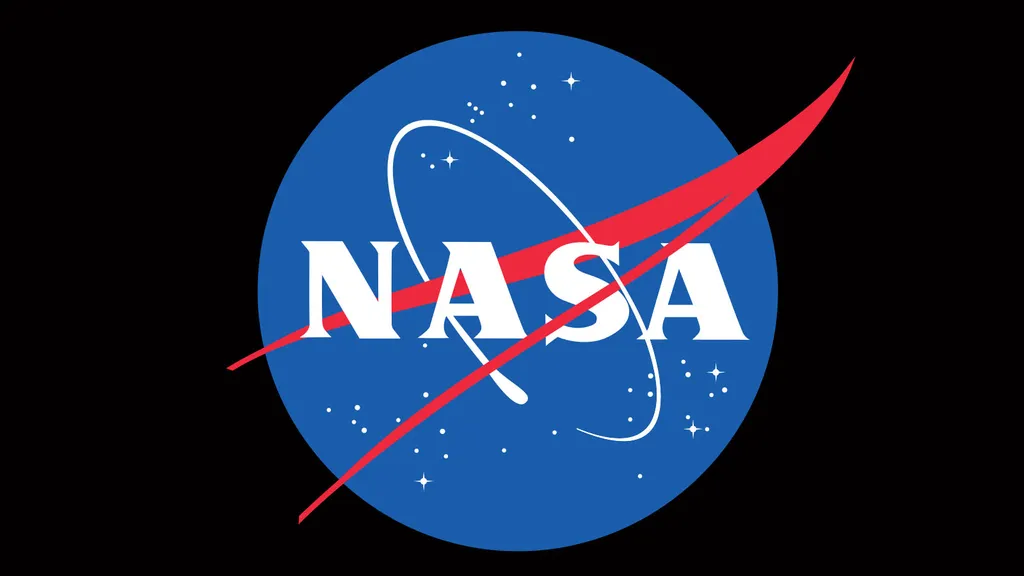NASA isn’t shy about what it wants to do with virtual and mixed reality. But while the group talks of a bright future for the tech, there are something things it’s already doing with it.
According to Popular Science, four future NASA astronauts are currently using VR as part of a simulation involving the study of asteroids. This is done through what’s known as the Human Exploration Research Analog (HERA), a mock-up facility that resembles a spacecraft, providing a flight deck, airlock, medical station, and living quarters across three storeys. The experiment is set to last 30 days and is designed to give both the facility and its staff a test run, partly using unspecified VR goggles.
The crew has already used VR to position its spacecraft above an asteroid, and their next move will be to visit it, collect samples, and then analyse them later down the line. VR allows the astronauts to get closer to the real thing than ever before, and HERA simulates other factors such as delays in communication to help increase the sense of isolation that the crew would really feel when out on a mission.
As we already mentioned, this is far from all that NASA is looking at within VR and MR. The group has taken a particular liking to Microsoft’s HoloLens set, sending units up to those on board the International Space Station (ISS). It’s also working on an MR app known as Project Sidekick and, during last February’s Unity Vision Summit, spoke of a future in which astronauts would finally touch down on the surface of Mars in real life and viewers at home could use VR and MR to enhance the experience. It sounds ambitious to say the least but NASA’s Mission Operations Innovation Lead, Jeff Norris, told us that “you’re not going to be disappointed.”
For now, though, VR seems to be playing a key role in actually training astronauts for these missions. We can only imagine how it will help the crew that’s preparing for that fateful journey to the red planet in the years to come.






























